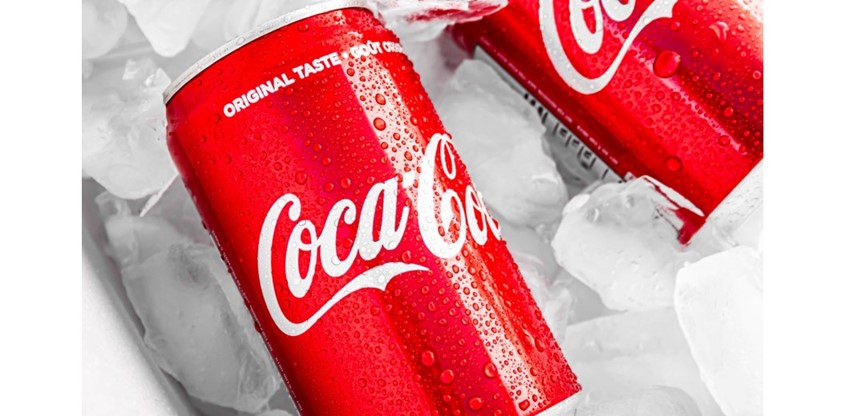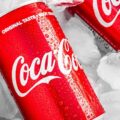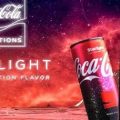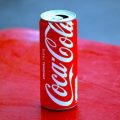For the 14th consecutive quarter, Coca-Cola’s results are above expectations, thanks to price increases that have boosted its revenues and profits, following the inflationary wave recorded in recent months. The Atlanta-based multinational company posted profits of 3.107 billion dollars (about 2.82 billion euros at the current exchange rate), 12% more than in the same period last year, in addition to extraordinary items.
Coca-Cola did not retreat, but increased its revenues by 5% to 10.98 billion dollars. In part, this was made possible by an 11% increase in prices, especially in Europe, the Middle East and Africa.
According to James Quincey, the company’s president, this is partly due to the fact that many consumers have turned to purchasing soft drinks and beverages away from home, which increases the price somewhat. For this reason, the CEO is confident that prices will rise during the remainder of the year.
However, carbonated soft drinks volume expanded 3%, driven by success in Asia-Pacific and Latin America, although the suspension of the Russian business partially affected it. The winner was Coca-Cola Zero, up 8%. On the other hand, juice, dairy and organic beverage sales remained stable; water sales rose 5%, thanks to strong growth in some regions, while sports drinks declined 1%. The latter contrasts with coffee, which experienced 9% growth, driven by Costa in the United Kingdom and China. Tea, particularly Doğadan, suffered casualties due to the February Turkey earthquake.
Coca-Cola Europacific Partners has also set out to work closely with its partners to meet certain requirements such as using 100% clean energy by 2023 and to show records related to carbon footprint impact.
In preparation for a larger target, Coca-Cola European Partners (CCEP) aims to reduce 30% of its greenhouse gas emissions by 2030. This is after a decade of reducing greenhouse gas emissions in Spain by 45.8%.
Coca Cola’s goal is to have all its products delivered in renewable and/or reusable packaging by designing new dispensing systems. These new options include packaging-free, or bottles or cans made from recycled materials.













